“Every move you make, every step you take, I’ll be watching you” – the art of observation in yoga
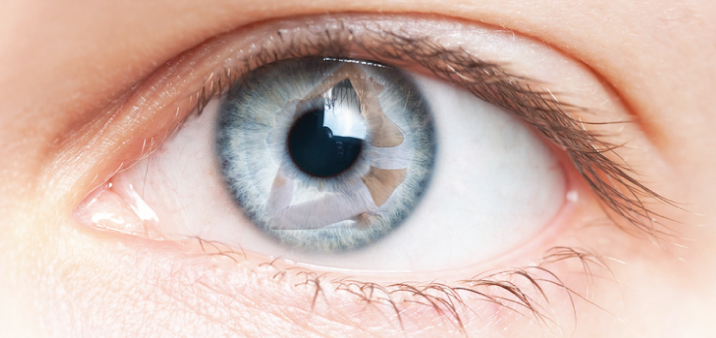
I can’t help it – everywhere I go, I see people with my “yoga-teacher” eyes. The last time I was at the symphony, I was thinking – “This conductor has a really poor posture; he could use some Warrior poses.” Whenever I go to the Cirque du Soleil, I think, “This sort of contortion is so extreme; she’s going to have some serious pain when she is older.” And pretty much anybody – from the bus driver to the marathon runner – could benefit from the Cobra pose, if you ask me.
This is a habit that I developed from many years of watching my yoga students. Yoga teachers watch their students all the time, not because we are stalkers, but because we can gather an incredible amount of information from the person’s posture, movement patterns, and overall body language and then use that information in the course of the practice.
Observation in a yoga class
You can begin observing your students’ body language and facial expressions from the moment they step into the room. Depending on how well you know your students, you may be able to tell if they’re having some physical issues (from the way they move their feet, hold their arms and shoulders, position their necks), sense their energy (if they feel calm, agitated or dragging) and get a glimpse at their state of mind. An observant yoga teacher uses this information to structure a yoga class in order to help the group move toward a state of balance.
When the students begin to move, you will get even more information about their abilities, weak spots, range of motion, understanding of the poses, general body awareness, and so on. This information is essential in deciding how much to challenge the group, what needs to be modified, and who needs help. I love this quote from Kimberly in the comments to my blog: “I watch them [the students] in the first few poses to see where they may be tight or restricted, so I have an idea of what’s up when we go further into the class and the body.” Generally, if the teacher continues to plow through the preexisting class plan without giving consideration to the students that are in front of her, this is a great disservice to the students.
At the end of the class, we look for clues about students’ responses to the practice – not so much whether they liked it or not, but whether they have more spring in their step. Did their energy shift? Do their faces seem more content? We want to see whether or not we’ve managed to manifest the intention we’ve set for the practice. This is very useful information for the future. Let’s say you wanted to wake them up and give them a bit more energy, but now they are refusing to transition up from Savasana – this is a sign that the practice didn’t quite work. We can try again next time with some modifications.
Observation in a private yoga session
Having strong observation skills is absolutely essential in one-on-one work. If you want to make any sort of meaningful difference in someone’s life, you need to gather as much relevant information about the person as you can. Here’s an example of the things that you can be watching before you even begin the movement part of your session:
Physical: posture, walking pattern, body asymmetries, ease of movement, sitting position, areas of held tension, etc.
Physiological: breathing pattern, overall energy, complexion, etc.
Mental/emotional: mood, ability to focus, speech pattern, etc.
Most of those things we notice subconsciously as we begin to form an image of the person in front of us. It’s super important that this image remains fluid, though, so that we don’t pigeonhole the student into some preconceived category. “She is an anxious person” is very different from “She seems anxious today.” Observation is a never-ending process, and we need to stay receptive and open to be useful to our students.
One of my favorite things to do is to compare my observations with the way the client feels in her own body. After we talk for a little bit, I usually have her lie on her back and close her eyes. Then I ask her to tell me how her body feels from the feet up, leading with questions like: Compare your right and left foot – are they the same or different? Where are they pointing? Are they equally relaxed? We do the same with knees, hips, lower back, shoulders, and head. This type of exploration works great on several levels:
- It’s an excellent exercise in body awareness for the student
- It takes her past being self-conscious about me watching her
- It gives me information about the areas where her perception of her body varies significantly from what I observe.
I might ask her: “Use your hands to show me where your feet are pointing. Now open your eyes and compare it to your actual foot position.” More often than not, I get a surprised gasp because what she was feeling in her body and the way things are is very different.
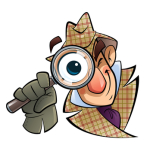 These kinds of static observations (both in supine and standing positions) are super important when you’re trying to figure out what’s going on in someone’s body. This is the part where you get to play detective and try to make sense of the clues that the student’s body is presenting to you.
These kinds of static observations (both in supine and standing positions) are super important when you’re trying to figure out what’s going on in someone’s body. This is the part where you get to play detective and try to make sense of the clues that the student’s body is presenting to you.
A student’s asymmetries, imbalances, and weak areas become even more apparent once she begins to move. The observations you make here help you determine the things that you choose to work on, which tools you use, how to structure your practice, and how you teach it to the student. So basically, it determines your entire work together.
I remember when I read the Sherlock Holmes stories for the first time, I was fascinated by his ability to notice seemingly unrelated things and draw accurate conclusions from them. And guess what – now I get to do it every day with my students. The only way to sharpen your observation skills is to practice them. And you can do it anywhere, anytime – in a yoga class, at a family gathering, or in your favorite coffee shop. However, we have to be careful about HOW we approach this sort of investigation – done incorrectly, it can ruin your relationship with your students and make them feel inadequate, unhappy, and defensive (which certainly isn’t our intention).
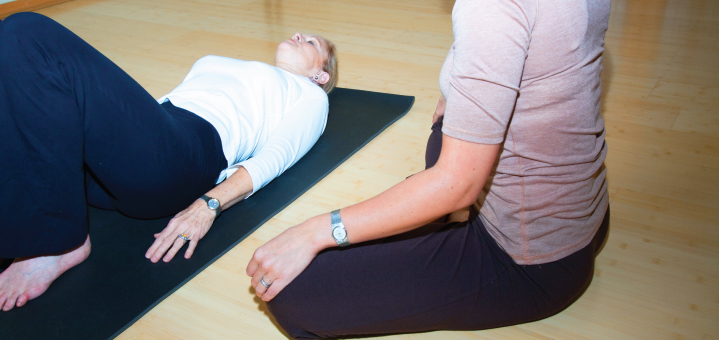
An ability to observe the student, notice things, and accurately interpret them is essential for a yoga teacher. But HOW you do it will determine the future relationship with your yoga students.


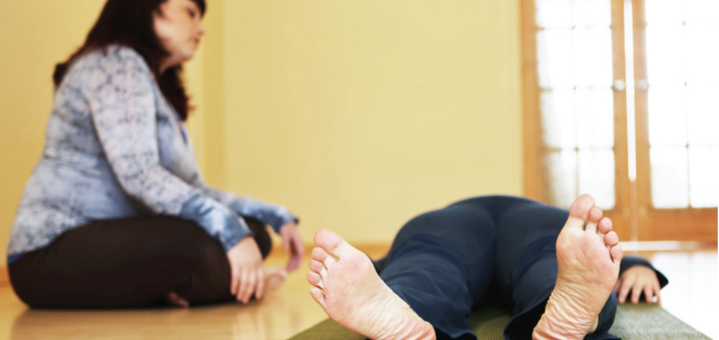
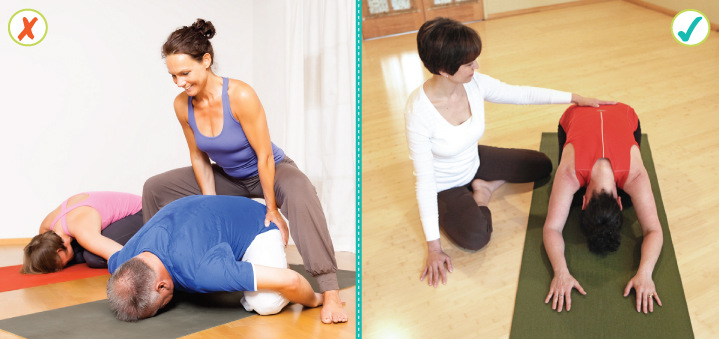
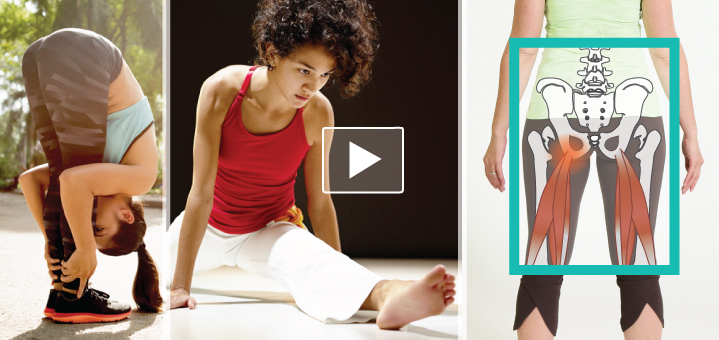
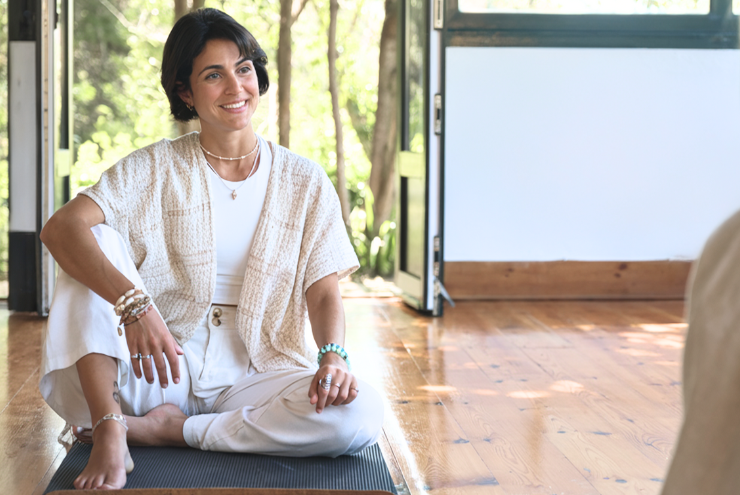




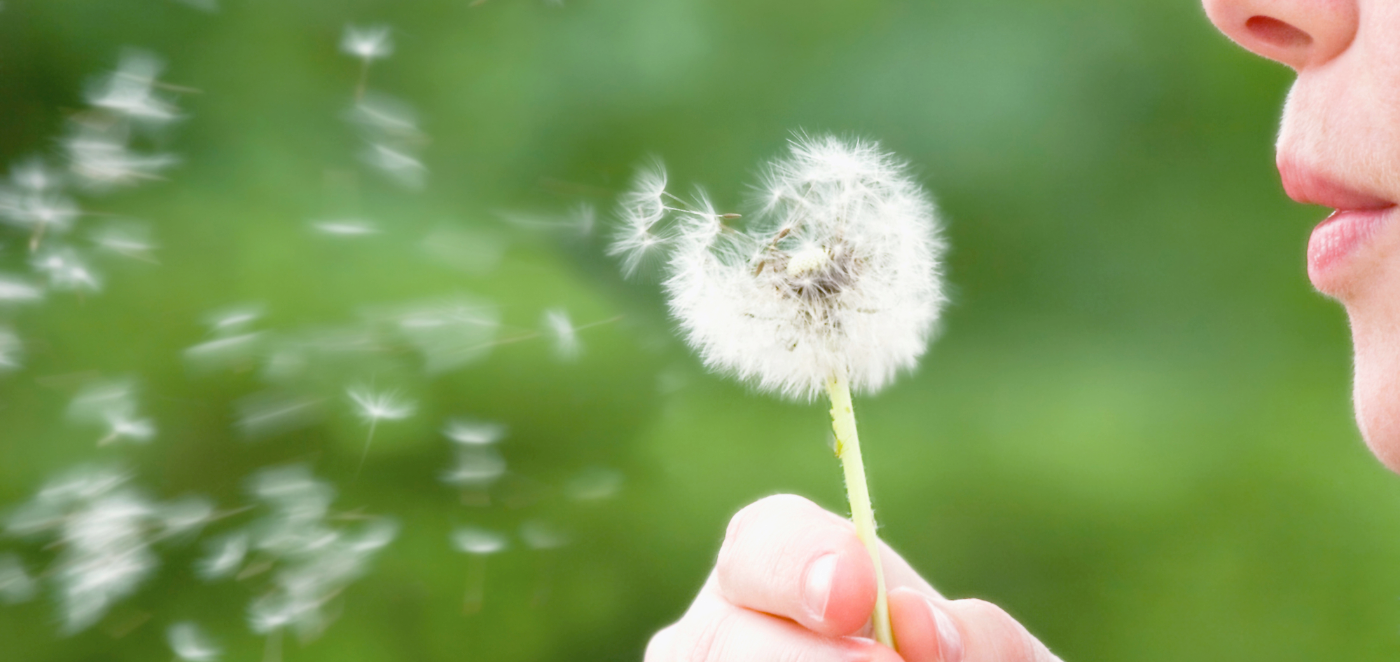
Yup. Teaching yoga is not just about demonstrating the postures, it’s about being in a constant feedback loop with the students to meet their needs (sometimes what they want and what they need are different) 😀 Though I admit, in my very first official class that I teach, I am a little unsettled when I observed the dissatisfaction in my students. I was even given the comment that I was too stressed during the class. But it definitely gets better as time goes by.
Thank you for your comment Wing! I agree – it’s all part of the loop. We observe, we make decisions based on that, then observe the impact of our decisions, and so on 🙂 Sometimes things work out, sometimes they don’t – it’s all good as long as we choose to learn from our mistakes!